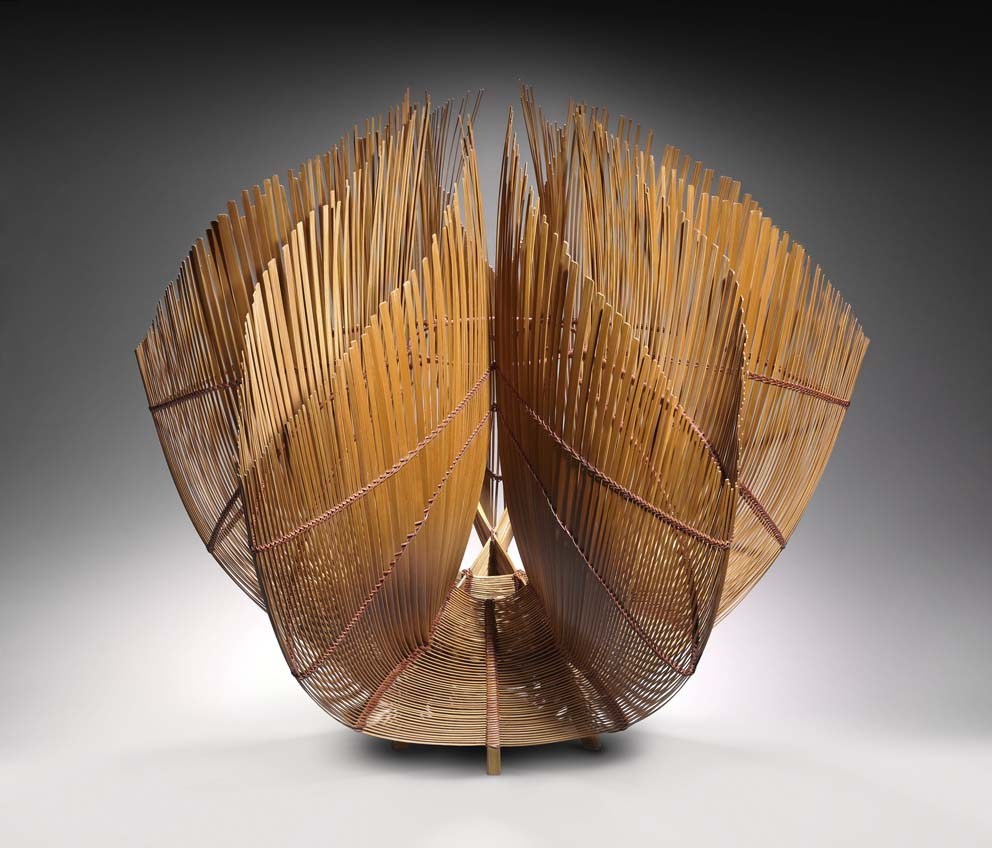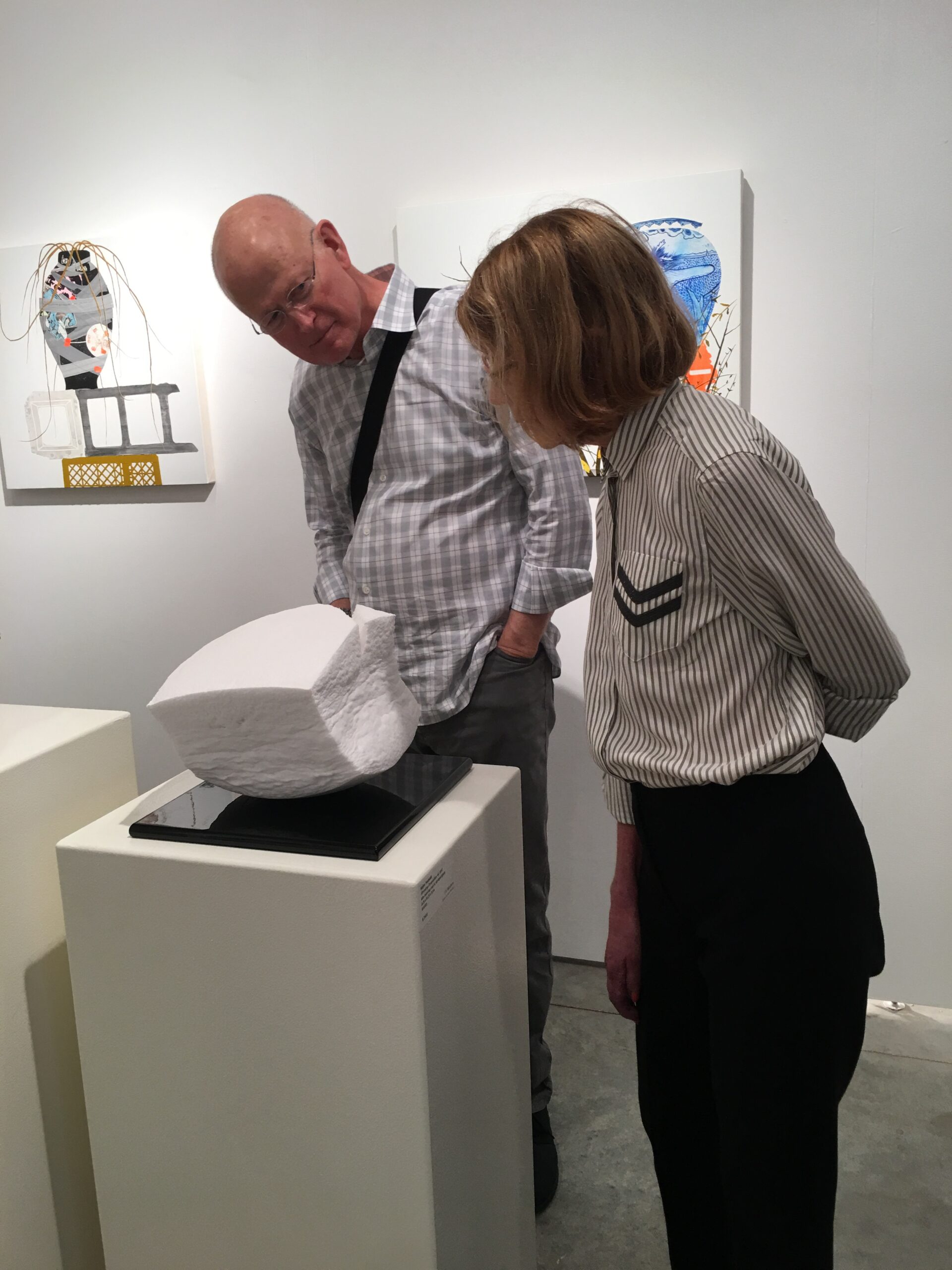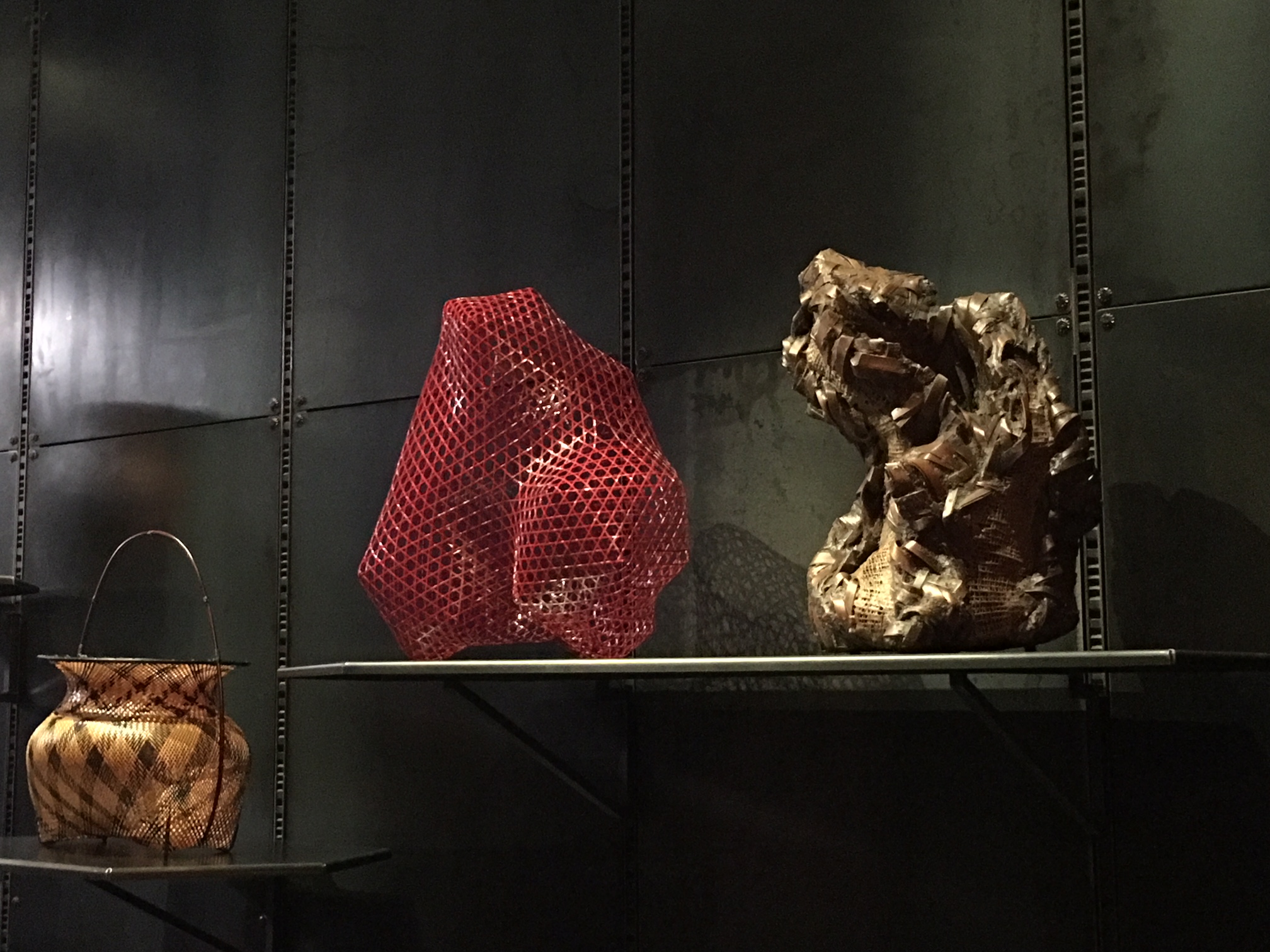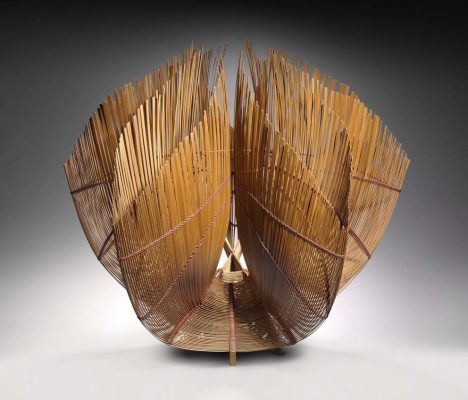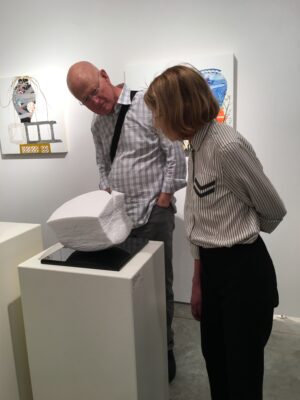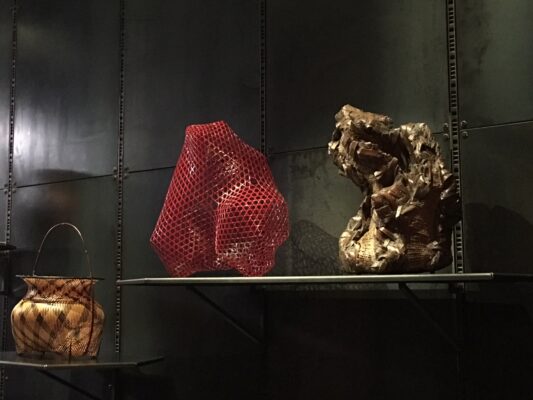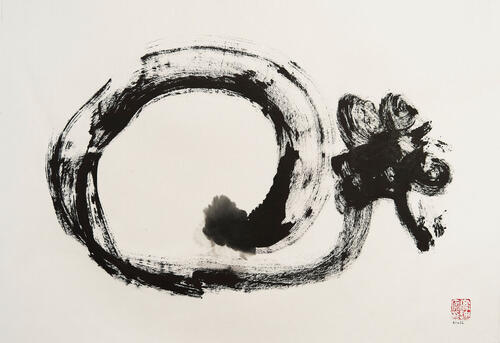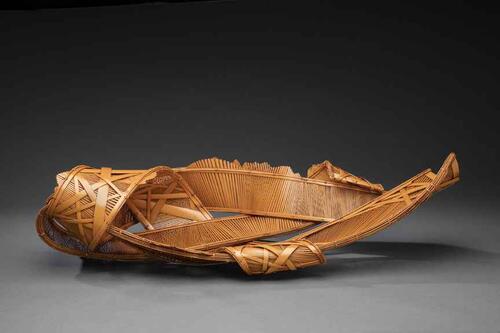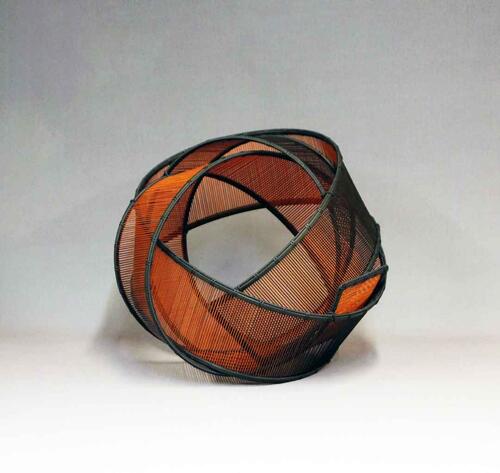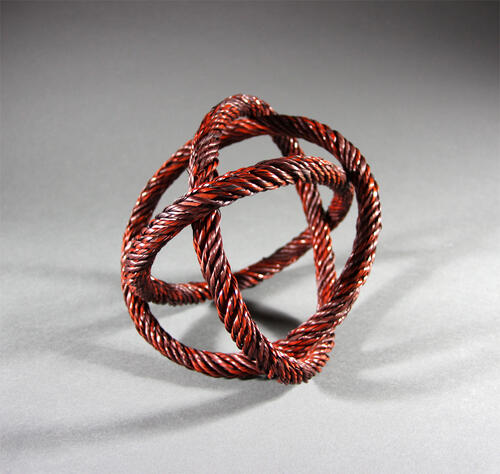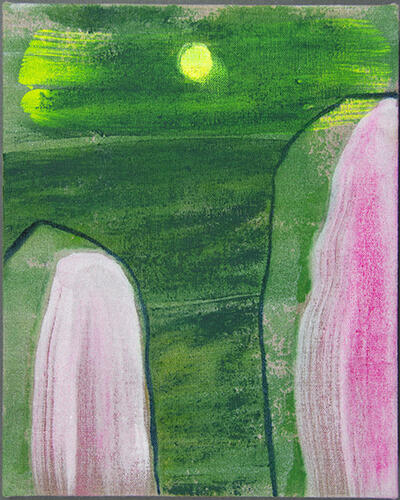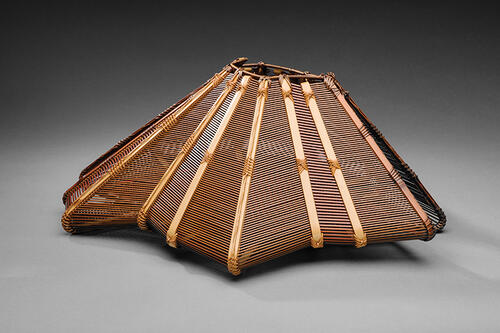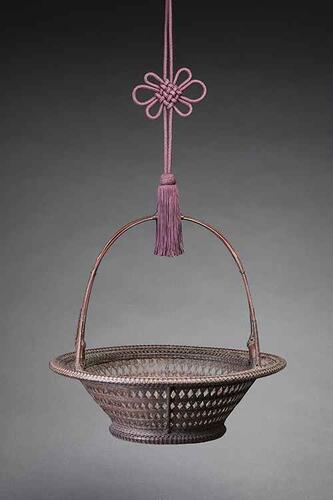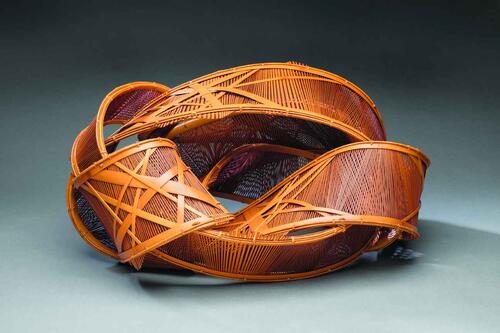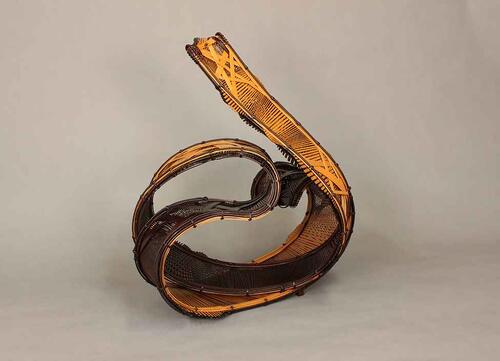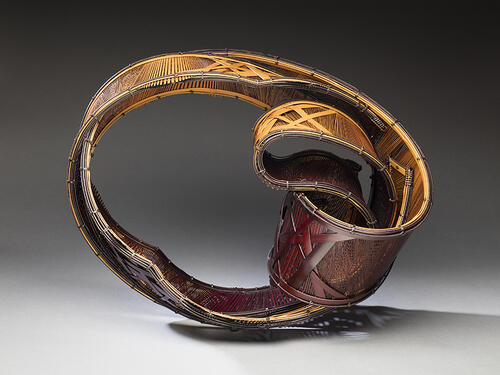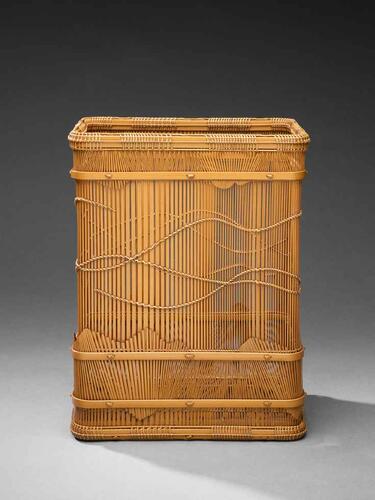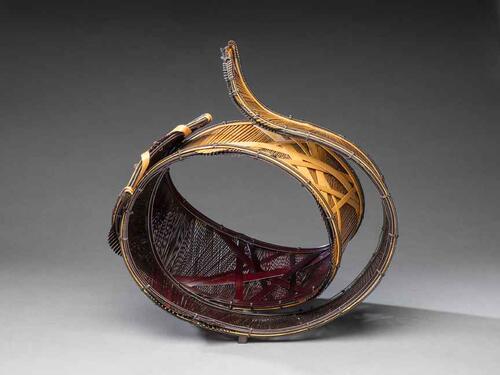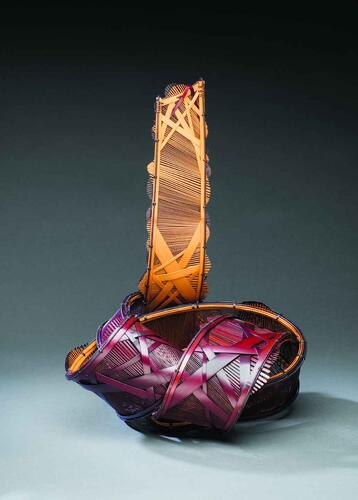/cloudfront-us-east-1.images.arcpublishing.com/sfr/AD7BF2NFJRCGVIU5HDUOFCMDXY.jpg)
Weave Me Like You Do
Last chance to check out TAI Modern’s exhibition of a bamboo art master
“We’d worked with [bamboo sculptor Torii Ippo] for so long, it surprised us we never had a show directly for him, so this is a retrospective,” Margo Thoma, director of TAI Modern, tells SFR. “Even though he passed away in 2011, this is his first solo show in the United States.”
In case you didn’t know, that’s kind of a big deal. Originally, Ippo began working with bamboo to support his family following his father’s death, but what began simply as traditional baskets and tea ceremony articles evolved into complex works of art. In Japan, bamboo is used for myriad utilitarian functions, from furniture to fishing nets, but with his particular brand of artistry, Ippo has become recognized as one of the most celebrated bamboo artists in the world.
And it is not an easy material to work with either—from harvesting the material itself, splitting it and setting it into a dye. The bamboo is then woven into something more recognizable through a process of bending, shaping and knotting. Such a practice requires a lifetime of study and immense patience.
“These are sculptural works, and it’s all very dynamic,” Thoma explains. “There’s a sense of energy and movement inspired by the shapes and feels of waves. The visual impact is pretty strong—it feels so much bigger than the dimensions.”
You’ll find Ippo’s works on display at Tai Modern through Saturday, July 24. (Riley Gardner)
Torii Ippo: 10 am-5pm through July 24th. Free. TAI Modern, 1601 Paseo de Peralta, (505) 984-1387


